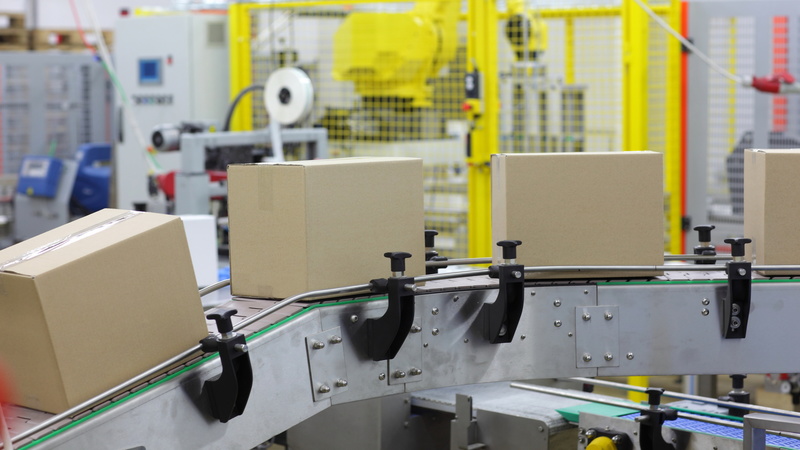In various industries, these specialized valves are crucial, particularly for processes requiring stringent hygiene standards and contamination control. They play a vital role in maintaining the integrity of systems that handle sterile or sensitive materials. This article delves into the importance of these valves, their applications, and key considerations when selecting the most suitable valve for specific needs.
The Industrial Use of Sanitary Valves
These valves are designed to meet stringent standards for hygiene and contamination prevention. Their primary function is to regulate fluid flow while minimizing the risk of contamination. It is especially crucial for sectors like biotechnology, pharmaceuticals, and the food and beverage industries, where even minute impurities can have serious repercussions. Sanitary valves, for instance, guarantee that goods are free of contamination from the point of manufacture to the point of final packaging in the food processing industry. Because of the valve’s simple design, bacterial growth is inhibited, and product compliance with health and safety regulations is guaranteed. Similarly, these valves are critical to preserving the integrity of pharmaceuticals and other delicate items in biotech and pharmaceutical applications.
Important attributes and advantages
These valves are ideal for high-hygiene settings due to several key design features. One of the most important aspects is their construction from materials that are easy to clean and resistant to corrosion. Stainless steel, known for its durability and non-reactive properties, ensures that the fluids processed remain free from chemical contamination, leading to their widespread adoption. Another significant feature is the smooth interior surfaces of these valves. The absence of joints and crevices reduces the risk of bacterial and other contaminant buildup, making cleaning procedures more straightforward and effective. Additionally, many of these valves are designed with mechanisms that allow for easy disassembly and reassembly, further simplifying maintenance.
Selecting the Right Sanitary Valve
Choosing the appropriate valve for a specific application involves considering several key factors. The first step is to assess the system’s unique requirements, such as the types of fluids being handled, operating pressures, and the required temperature ranges. Since different valves are designed to endure various pressure and temperature conditions, it is crucial to align these specifications with the valve’s capabilities. Additionally, the design and construction of the valve play a significant role in ensuring optimal performance and longevity. There are several types of sanitary valves, such as diaphragm, butterfly, and ball valves, each with a specific purpose and use. Diaphragm valves are best suited for applications needing accurate flow control and little leakage, whereas ball valves are well-known for their sturdy performance and appropriateness for high-pressure settings. Another valuable factor to remember is how simple it is to clean and maintain.
Ensuring Hygiene and Efficiency with Sanitary Valves
Hygienic valves are integral to maintaining cleanliness and efficiency in industries that handle sensitive or sterile materials. These components are designed with a focus on cleanliness and operational reliability. By understanding the key features and benefits of these valves, as well as the factors to consider when selecting the right one, industries can ensure their systems meet safety standards and operate smoothly. In various high-hygiene environments, carefully chosen and maintained valves significantly enhance the overall quality and safety of products.



